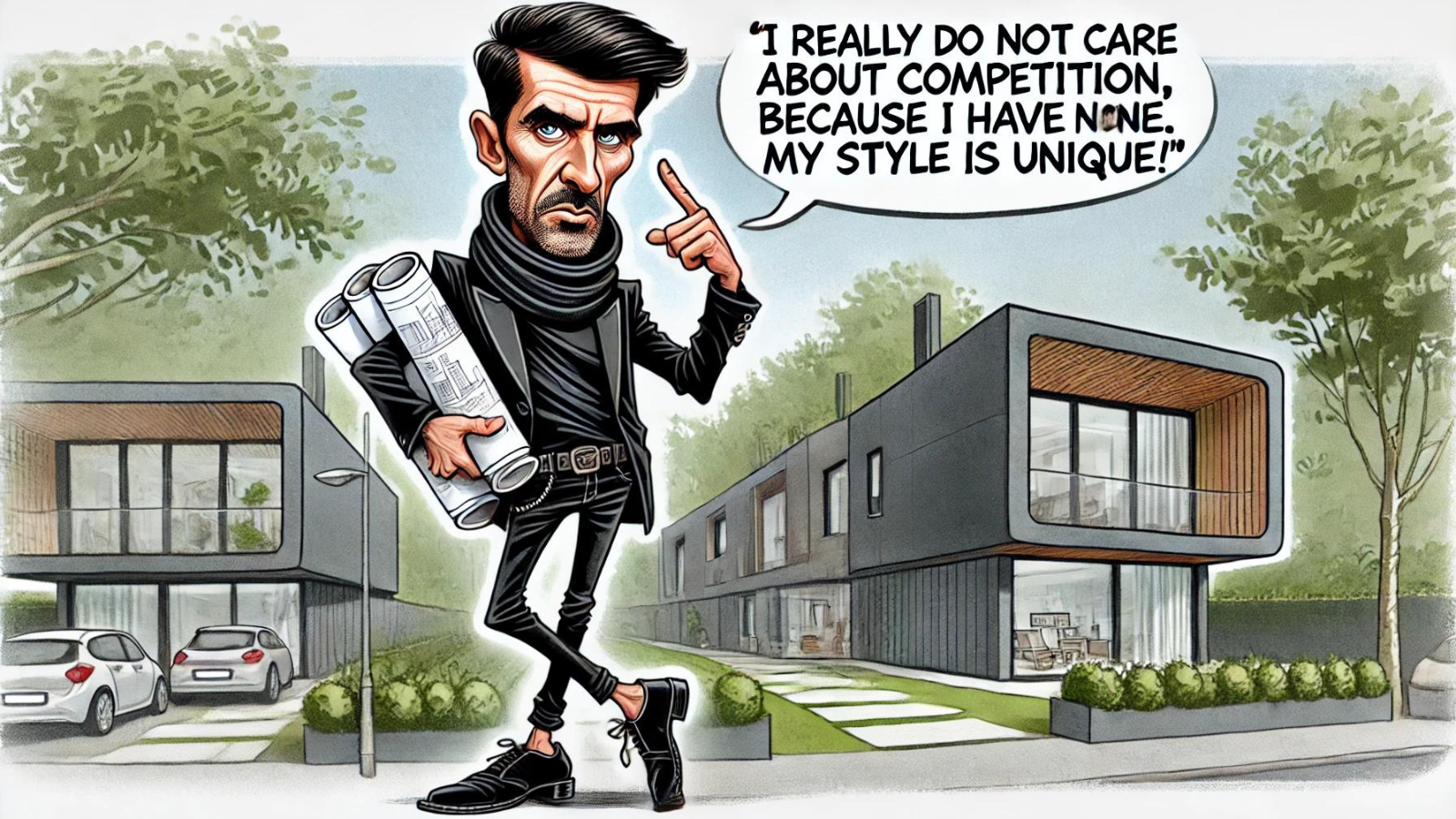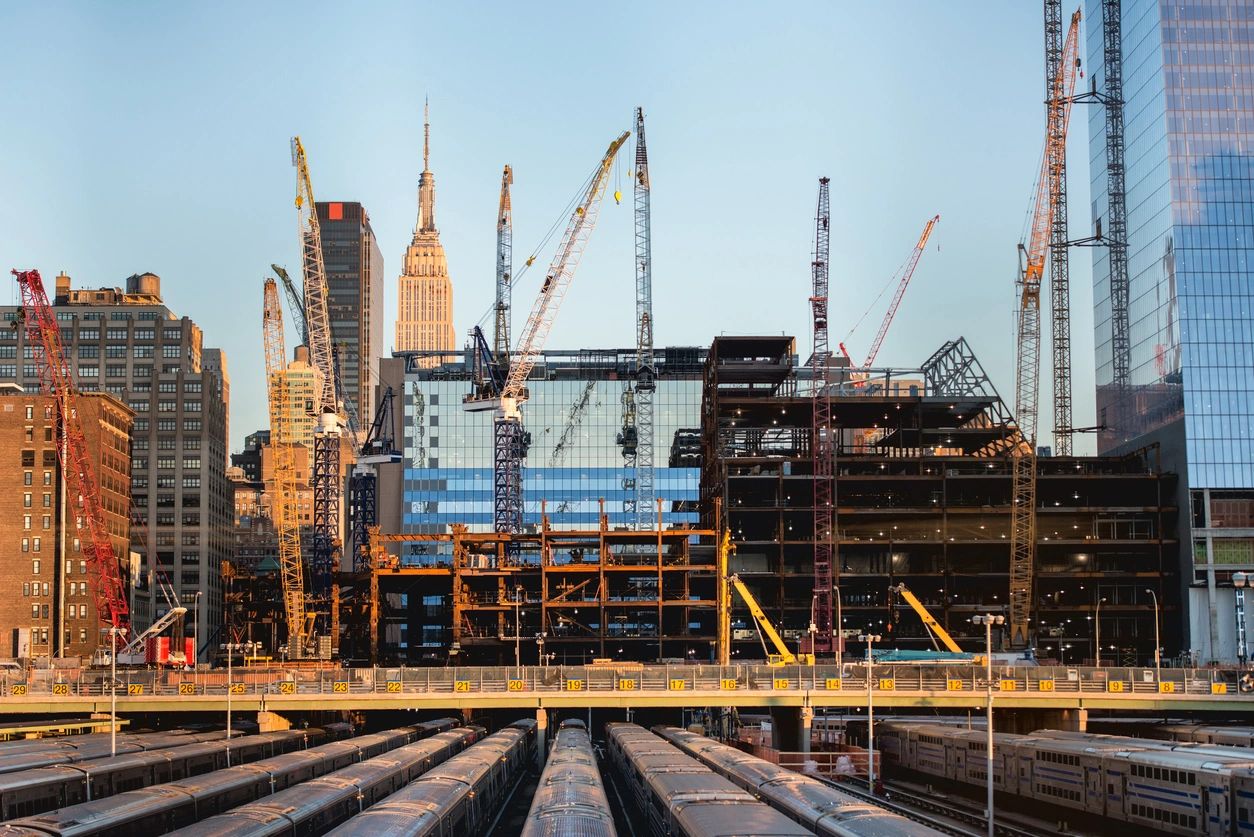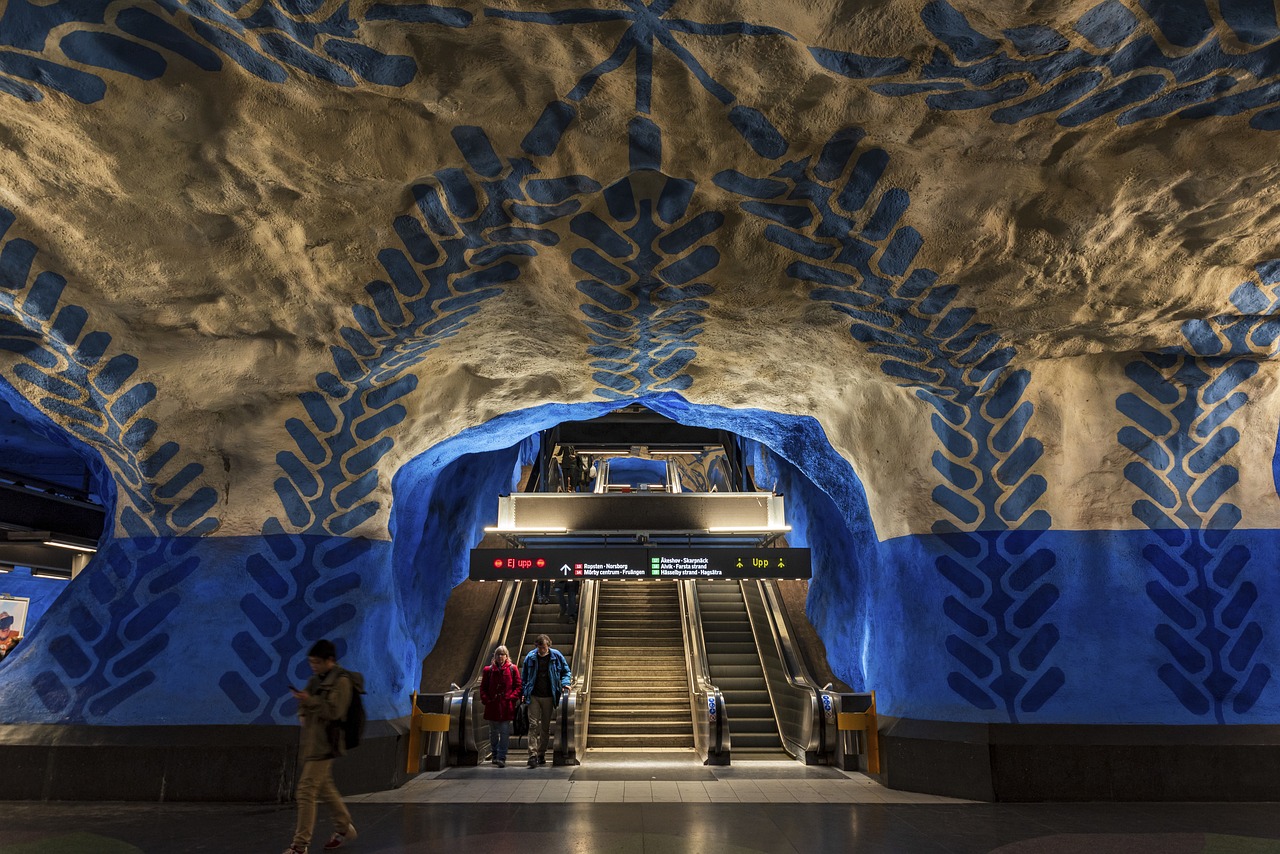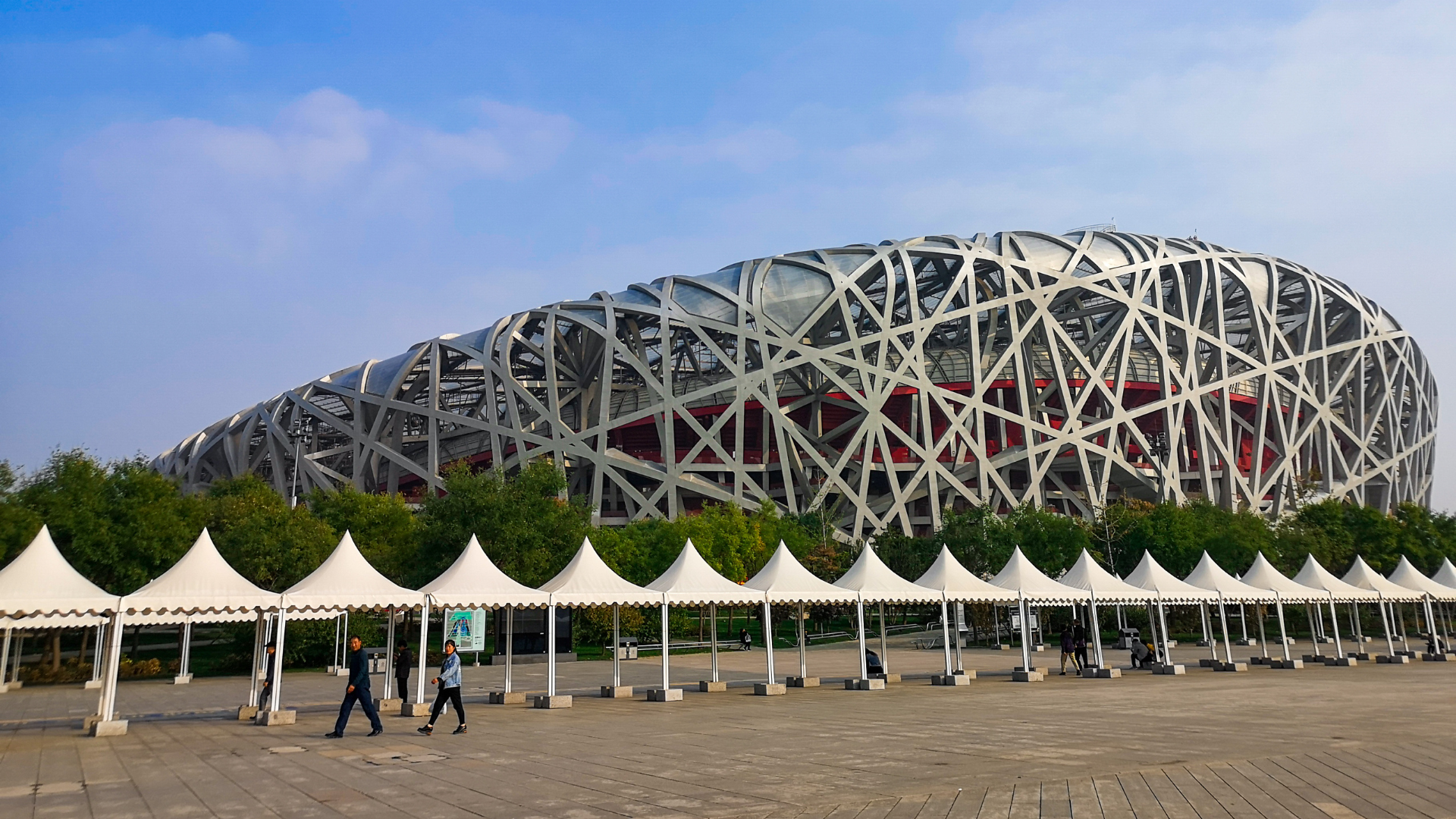Architects’ Business Blog
Insights, Strategies and Success Stories
-

The Power of Bamboo: A Talk with Simón Vélez
Simón Vélez Architects, Colombia The Future is into Natural Materials. It is the only way to save the planet. The Architects’ Hub had the distinct pleasure of engaging in an exclusive dialogue with the renowned architect, Simón Vélez, at the idyllic Heenat Salma Farm in Doha, Qatar. Over a cup of aromatic coffee, Loubna Agzafi…
-

Architecture: A Broader More Holistic Definition
How can we construct a comprehensive definition of architecture that synthesizes the perspectives of architectural associations worldwide? “The art or science of building” – Merriam Webster While this simplistic dictionary definition may offer a basic understanding, it often falls short of capturing the complexity that professionals in the field know well. To explore a more…
-

The Power of AI: How Advanced Robotics Can Transform Small Architecture Firms
Small architecture firms today face the challenge of staying competitive while managing limited resources. Humanoid robots, like Tesla’s Optimus, could offer a game-changing solution. Unlike traditional AI software, humanoid robots combine advanced technology with human-like interaction, helping architects streamline operations and enhance the client experience. For boutique studios, these robots can handle both simple tasks…
-

You’re Not as Unique as You Think
Why Boutique Architecture Firms Must Understand Their Competition Many architects, particularly those in boutique or small practices, often hold the belief that their distinct design style and artistic vision shield them from competition. While this mindset stems from a place of confidence, it can lead to significant blind spots in an increasingly competitive market, inadvertently…
-

Omnichannel Marketing for Architects; Paradigm Shift
The adoption of an omnichannel business model presents a significant opportunity for architecture firms, as it aligns with broader trends in consumer behavior and the evolving expectations of clients in the digital age. Traditionally, architecture firms have operated through direct, face-to-face interactions with clients, relying heavily on reputation, networking, and word of mouth personal referrals.…
-

Architecture in the Digital Sphere; Gaming Advantage
Zaha Hadid Architects and Fortnite Re-imagine London In the dynamic landscape of contemporary architecture, dominating the market requires a relentless pursuit of innovation. In this article, I explore how architectural firms can gain a competitive edge by embracing innovation and adapting to changing market conditions. I will be using the recent collaboration between Zaha Hadid…
-

Succession Planning for X-small and Boutique Architecture Firms
Solopreneurs & Small Partnerships Succession planning for X-small boutique architecture practices; those operated by solopreneurs or small partnerships (usually 2 founders), tends to be inherently personal and subjective. It’s not always about ensuring continuity as in the case of larger corporate firms; rather, it’s about creating a strategy that aligns with the individual goals of…
-

Succession Planning: A Cornerstone of Sustainable Leadership in Architecture
In the dynamic world of architecture, where creativity and client relationships reign supreme, a well-crafted succession plan is not a luxury but a necessity. It is the cornerstone of sustainable leadership, safeguarding the unique brand identity, the design philosophy, and the trust built with clients over time. Unlike reactive contingency plans, succession planning takes a…
-

Architect’s Guide to Market Opportunities: Capitalizing on Industry Trends
According to a 2023 Architectural Services Industry Report by Benchmark International, the global architectural services market is set to grow steadily at a “4.8% compound annual growth rate (CAGR) through 2030″. “The architectural services industry comprises various companies that design and plan buildings and structures spanning residential, institutional, leisure, commercial, and industrial spaces. Key areas…
-

Navigating the Post-AI Landscape
Artificial Intelligence has transitioned from a futuristic concept to an indispensable tool for architects. It’s no longer a question of if AI will transform architecture, but how. Post-AI marks a stage where AI is a strategic imperative for growth, offering architects unique opportunities to disrupt their practices. AI may not take over the architects’ job,…
-

AUC Campus Architecture; Sustainable Design
Introduction The American University in Cairo’s New Cairo Campus spans 260 acres and is designed to accommodate over 6,500 students and 2,500 faculty and staff. It includes a range of academic facilities, including five schools, a Campus Center, a library, modern classrooms and laboratories, and multiple open courtyards. The campus integrates advanced technology, environmental sustainability,…
-

Subterranean Architecture and Concealed Spaces
In architecture, the exploration of subterranean spaces offers a compelling narrative of innovation and adaptation. While above-ground structures often capture the public’s imagination, the world beneath our feet holds a trove of architectural marvels that blend historical ingenuity with contemporary advancements. This post reveals how hidden spaces address diverse challenges, from urban density to environmental…
-

One Square Meter Living
Recent studies emphasize the role of micro-architecture in urban planning, highlighting its contributions to sustainability and livability. By minimizing individual dwelling footprints, micro-architecture enables the creation of green spaces within dense urban environments, which are essential for mitigating the urban heat island effect, improving air quality, and supporting biodiversity
-

Rebuilding Communities after Conflict
Disasters, whether natural or man-made, devastate communities, leaving millions without homes. In these critical times, the need for housing extends beyond mere shelter. Displaced populations require structures that ensure physical security and foster emotional well-being. Architects, with their unique skills and understanding of these complexities, are pivotal in crafting comprehensive design briefs for disaster relief…
-

Architects Redefining Sustainable Design
Sustainable architecture continues to push boundaries, combining innovative design with eco-friendly solutions to directly combat climate change. Here are five cutting-edge projects from around the world that stand out for their unique approaches to sustainability and their potential to inspire future architectural practices.
-

Company Profile; a Powerful Tool for the Architect’s Brand Identity
In today’s fast-paced and highly competitive architectural landscape, refining your company profile and leveraging the right mediums to showcase your brand isn’t just an option; it’s a necessity. A clear, compelling brand identity can distinguish your firm in a crowded market, attract the right clients, and ultimately drive your business’s growth. Here’s why and how…
-

From Olympic Medals to Monuments: the role of architecture
Architecture has always been at the heart of the Olympic Games, even when it’s not directly competing for a medal, as was the case from 1912 to 1948. Architecture is the very visible, yet ‘invisible’ hand shaping the Olympic experience, transforming host cities into arenas of design innovation. The iconic structures of Olympic venues, competition…
-

Urban Infills and Micro Pocket Parks
Transforming Underutilized Spaces with Micro Architecture. As cities around the world continue to grow and evolve, the challenge of maximizing limited urban space becomes increasingly pressing. Urban infill, the process of developing vacant or underutilized parcels within existing urban areas, offers a sustainable solution to this challenge. One emerging trend within urban infill is the…
-

The Rise of Micro-Architecture
The Tiny Homes Market size is estimated at USD 19.20 billion in 2024, and is expected to reach USD 27.20 billion by 2029, growing at a CAGR of 5% during the forecast period (2024-2029).” – Mordor Intelligence
-

Sustainability; A social goal for long-term coexistence on Earth
Designing for thriving communities: Sustainability in the built environment is the practice of designing, constructing, and operating buildings and urban spaces in a manner that meets current needs without compromising the ability of future generations to meet their own needs. This holistic approach focuses on environmental, economic, and social dimensions to create resilient, equitable, and…